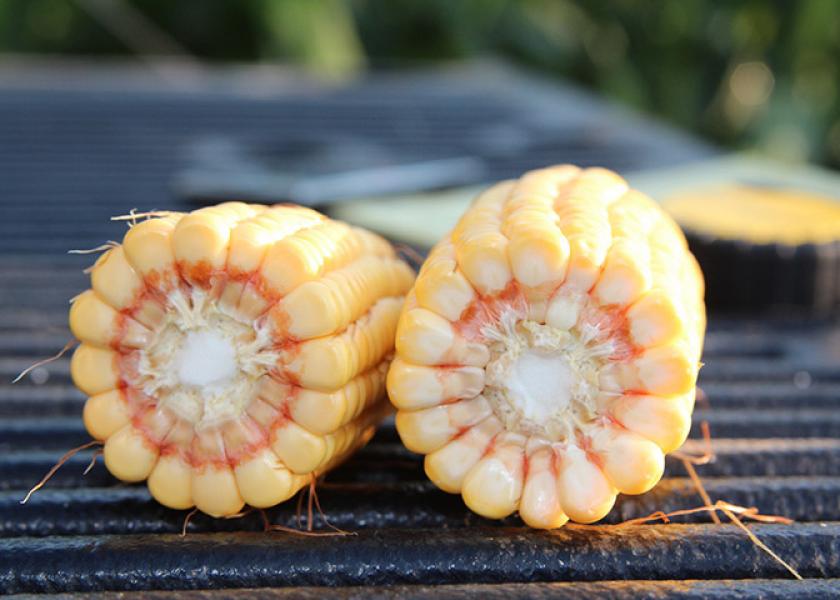Know Corn's Kernel Count

Kernels equal bushels and as corn is setting kernels there are many factors that influence its success, pollination among the most critical. Weather, insects, delayed silk emergence and other stresses could all negatively impact the number of kernels on each cob.
“Poor kernel set, meaning an unacceptably low kernel number per ear, is not surprising in fields that are obviously severely stressed by drought,” according to Bob Nielsen at University of Purdue Extension Chat N’ Chew Café blog. “But it can also occur in fields that otherwise appear to be in good shape.”
Purdue Extension describes conditions and environmental factors you should know that could be hurting kernel set in your corn.
- Missed pollination. Severe drought stress when aggravated by excessive heat could delay silk emergence and if delayed long enough silks could miss pollen shed.
- Short Silks. Silk clipping from rootworm beetles or Japanese beetles could cut silks short enough that they can’t be pollinated.
- Desiccated silks. Prolonged drought and heat stress, with low humidity can dry out silks and make them unreceptive to pollen. Prolonged extremely high temperatures can also hurt pollen viability. On the other hand, excess rainfall that keeps tassels wet for many hours per day over several days can interfere with pollination, too.
Once you’re past the pollination window the battle isn’t over yet though. Be wary of kernel abortion. Severe stress during the first several weeks after the end of pollination causes the most abortion, according to Purdue Extension.
As you’re scouting make sure you’re getting an accurate view of the field. Scout in five or so locations across the fields. If you do see ears with a few missing kernels don’t panic, but try to identify the cause. It’s common for ears to exhibit 1” to 2” of blank tips but still contain 16 rows by 35 or so harvestable kernels per row. Use this information to set yield expectations.







